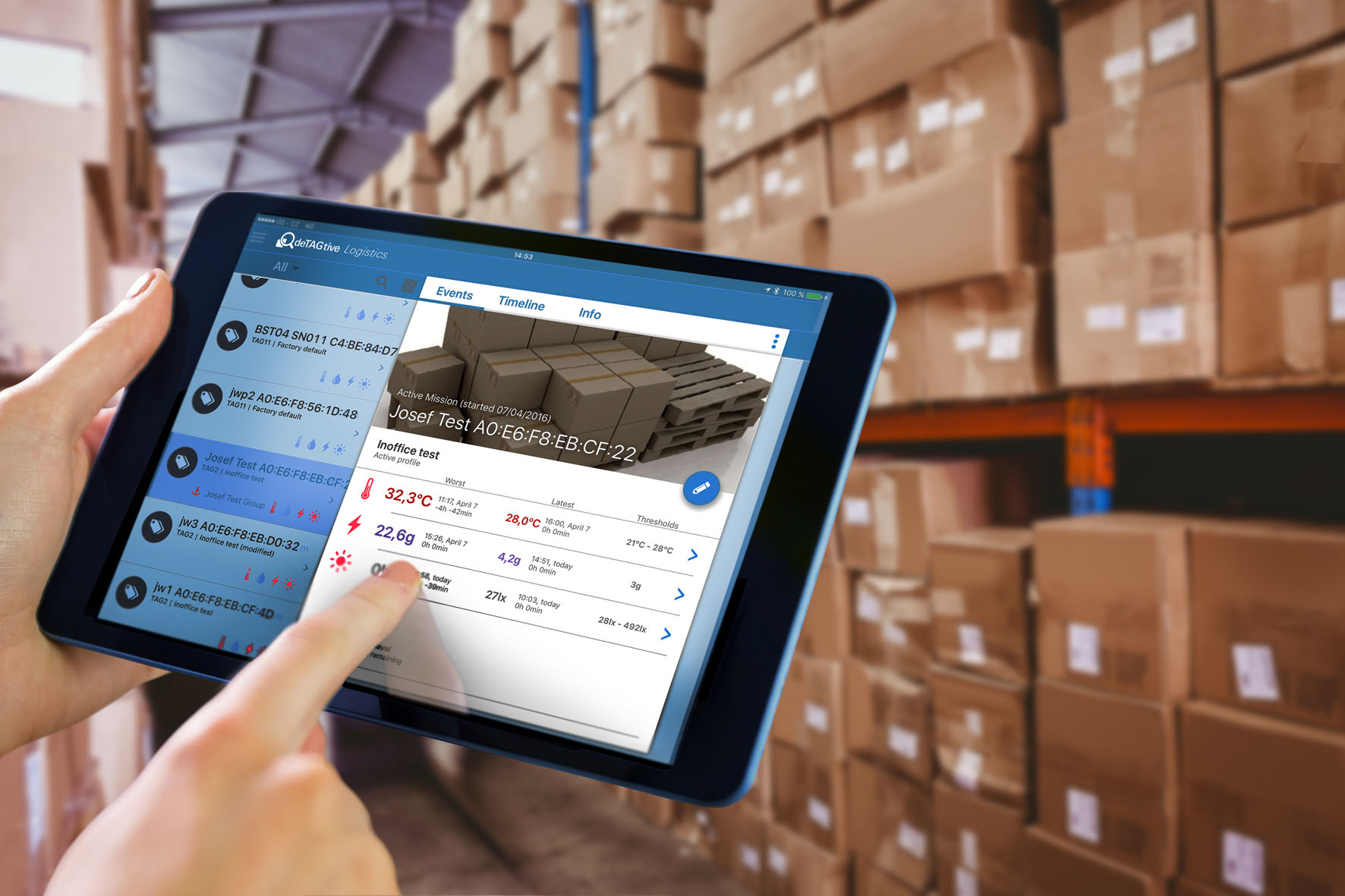MODERN GLOBAL TRENDS IN TRANSPORT LOGISTICS DEVELOPMENT

One of the features of the transport and logistics industry is its susceptibility to rapid change. In particular, the processes of globalization have a strong influence on transport logistics. This article examines global trends that affect the development of logistics, which will be of interest to various players in the logistics market. Taking them into account, enterprises of the transport and logistics industry can adjust their development strategy.
Today, the following list of the main logistics trends can be distinguished:
1. Continuous investment in the field of IT technologies for logistics
So far, logistics processes are becoming more complex, and the industry itself is becoming more dynamic. Only reliable IT technologies tailored to the needs of the industry can provide full control over the supply chain. For these reasons, transport companies and cargo owners are forced to think about logistics software development and implement tools that can provide visibility, transparency and accounting of operations. Cloud solutions for transport logistics management allow you to receive and exchange information along the entire supply chain in real time, which makes carriers more competitive in the market, and allows cargo owners to control deliveries. Logistics automation, along with cloud technologies, can reduce the cost of attracting labor resources, optimize processes, search for goods and vehicles for loading, conduct electronic tenders for the purchase of services and online monitoring of goods, and much more.
2. Production becomes closer to the end user
Recently, there has been a tendency to transfer production facilities to countries that are geographically closer to the customer's country. For example, more and more often we can observe the transfer of production from China to the countries of Eastern Europe. This is due to an increase in labor costs and transport costs in Asia itself, as well as a reduction in labor costs in a number of Eastern European countries. Relocation of capacities allows you to reduce costs not only for the production of products, but also for the logistics itself.
3. Insufficient workload of sea vessels in the segment of container transportation
Another trend has been the reorientation of costs by shipping companies. Most shipping companies prefer to invest their budgets in purchasing large cargo ships in order to reduce overall costs. Obviously, the larger the vessel, the lower the cost of transporting one container, but sometimes this leads to a situation of incomplete loading of the vessel and financial losses. Saving money when using large ships is possible only when there is a balance between supply and demand.